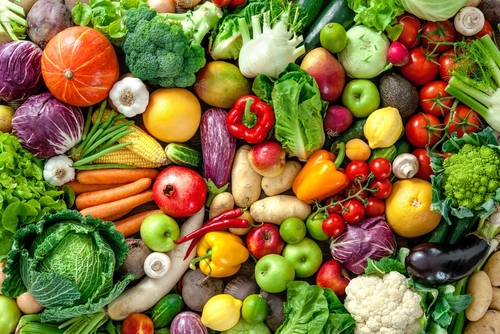Your mother’s advice about eating your vegetables holds more weight than you might think. According to the American Heart Association (AHA), consuming four and a half cups of vegetables daily can significantly reduce the risk of chronic illnesses such as heart disease, stroke, hypertension, diabetes, and cancer. These nutrient-packed foods not only support overall health but also help maintain a healthy weight by providing essential vitamins and minerals.
However, the benefits of vegetables can be lost if they spoil before you have a chance to enjoy them. Too often, after a trip to the grocery store, we find our produce has turned moldy, limp, or otherwise unfit for consumption.
The good news is there are simple strategies to keep your vegetables fresh longer. Experts recommend several tips to maximize shelf life and preserve nutritional quality. Here are their top 10 suggestions:
- Store most vegetables in the refrigerator, as very few can safely remain at room temperature for extended periods.
- Check each vegetable for signs of spoilage, such as bruises or mold, and discard any damaged items.
- Use covered containers or plastic freezer containers to store cut or cooked vegetables in the refrigerator.
- Wash all produce thoroughly under cold running water before cooking or serving to remove dirt and bacteria.
- Avoid leaving cut, peeled, or cooked vegetables at room temperature for more than two hours to prevent bacterial growth.
- Consider using vegetable-specific storage techniques, such as storing root vegetables in a cool, dark place or wrapping leafy greens in paper towels to absorb moisture.
- Use the crisper drawer in your refrigerator for storing vegetables, adjusting humidity levels as needed.
- Store vegetables separately from fruits, as some fruits release ethylene gas that can accelerate ripening and spoilage.
- Freeze excess vegetables if you can’t consume them before they spoil, ensuring they are properly blanched and sealed to maintain flavor and texture.
- Rotate your vegetable stock regularly to use older produce first and minimize waste.
By following these guidelines, you can ensure your vegetables stay fresh, nutritious, and delicious, allowing you to reap the health benefits they provide.


